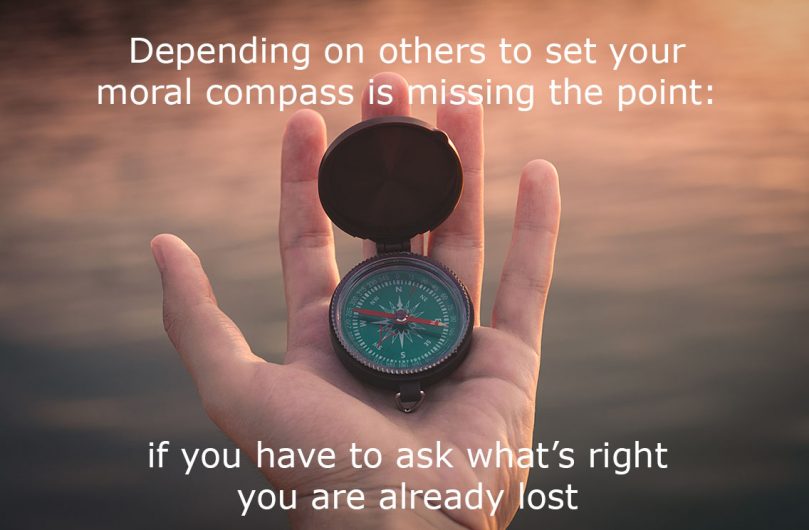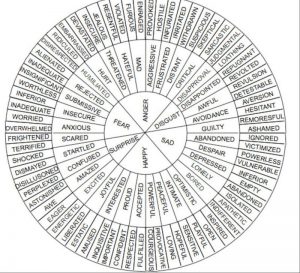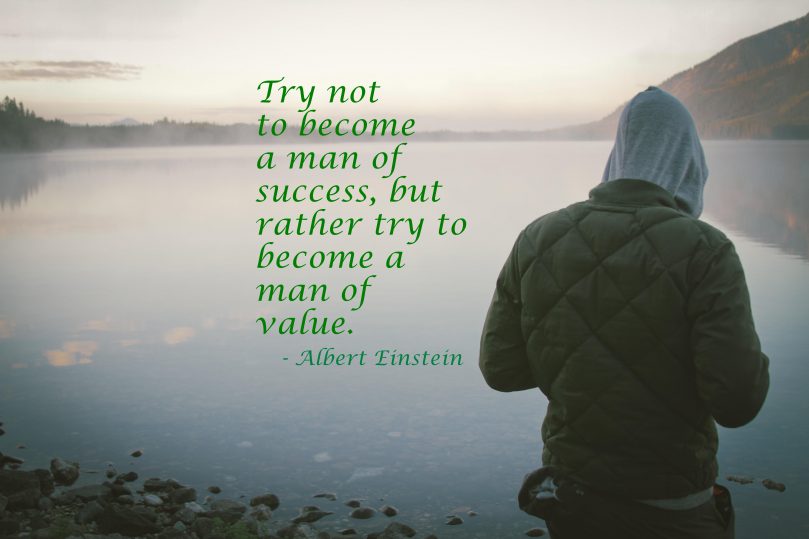Can You Learn “Leadership”?
I read and follow a LOT of self-help content on leadership. By the sheer volume (200,659 results for “leadership” on Amazon alone, for example), you might be inclined to think that you can read a few books and become a successful team leader.
You may be the exception if you can. Ideally, you should first examine your own leadership experience, style, and responses. Otherwise, you may end up in a position where others are depending on you to lead, and you are incapable of doing so. I’ve seen many well-meaning, but incompetent people completely derail a team.
There are three traits you should examine, as you look at how effective a leader you may (or may not) be:
By assessing how you follow each of these three traits, you can determine where your leadership skills need work.
1. Serving the Team
“If you think service is beneath you, then leadership is definitely beyond you.”
I wrote earlier about the two types of leaders I have experienced: directors and guides. While a this is a valid analysis, we can push it even further. We should consider those grey areas that exist on the “Goal versus Team” scale. This scale goes from “Hit the Target at All Costs” to “Create an Amazing Team.” The result is a leader who either burns out the team achieving the goal or misses the goal but has a great group.
More effective leaders place themselves in a service role first. They coach, develop, and guide the team to the point where achieving the target is not only possible, it serves the goals of the team members. Bullying, cajoling and browbeating your team is not motivation, it is a trait of a weak leader. You do not need to fawn over the team members. Basing your success on how much the team likes you is not a valid measure of your leadership. You can be a strong leader in building a strong team that naturally achieves the goal.
The key here is that you build your team via the individual building blocks that are its members. Each one has unique strengths, weaknesses, and abilities. By paying more attention to developing each person’s contribution, you create a culture of shared goals and group achievement.
2. Timing Your Intervention
“If you feel you are always the right person for the job, you are not a real leader.”
Stepping in at the right time is a crucial trait of leadership. But so is stepping back out! If you insist on being heard all the time, it merely means you are seeking recognition.
I’ve seen a lot of potential leaders over-direct their squad, like a hockey coach that tries to fix a poor performance by switching the lines up too much. The result is a fractured, frustrated group.
You run the risk of being seen as brusque, bossy, and an attention-seeker if you continually take command. When a firm decision MUST be made, that is the time to step up.
Assess each situation. Are you required to step up and take charge? Is a situation best suited to another team member’s strengths? Is a consensus needed, rather than an edict from above?
3. Observation versus Action
“Uninformed action is like diving into a shallow pond: the results can be disastrous.”
We’ve all seen the boss that works more extended hours than anyone else. They fire off more memos, emails and useless blather around the team. They are confusing action with leadership: believing that intense activity will create team cohesion and success. In fact, they distract from the well-informed business that achieves the goals of the team. I talked about the importance of “Thought before Action” in a previous post.
What’s worse, they mirror that constant push for activity onto the team. If it you are not working as hard as the boss, your performance review will reflect it.
Effective action is the last step in the process of patient observation. Seeing all potential pitfalls, opportunities and effects of a proposed action are far more critical than acting at random. Real leaders listen more than they talk, and think more than they do. Chasing after work to look busy is likely to end in missed goals, a burnt out team, and a reputation for lack of focus.
Be Self-Aware!
Being a real leader takes more than these three essential traits. But they provide a simple first step toward understanding your leadership style. Natural leaders do exist. But they must first achieve a level of self-awareness that lets them see within.
You must understand your inner motivations, strengths, and weaknesses. That awareness is a prerequisite to understanding and leading others.
Photo by Stuart Vivier on Unsplash










